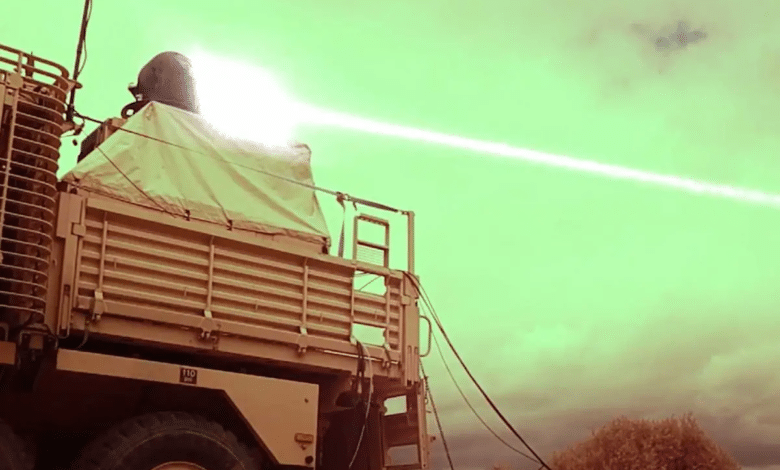
War
Ukraine has recently unveiled a new laser weapon system, dubbed ‘Tryzub’ (meaning “Trident”)
Ukraine has recently unveiled a new laser weapon system, dubbed ‘Tryzub’ (meaning “Trident” in Ukrainian), which reportedly has the capability to shoot down aircraft, drones, and other aerial threats within a range of a mile (approximately 1.6 kilometers). This development comes amidst Ukraine’s ongoing efforts to bolster its air defense capabilities in the face of Russia’s continued aggression.
Key Features of the ‘Tryzub’ Laser System
- High-Precision Targeting: The ‘Tryzub’ laser system is designed to neutralize drones, low-flying aircraft, and other airborne threats with pinpoint accuracy.
- Operational Range: With an effective range of about 1 mile (1.6 km), this system provides a short-to-medium-range defense solution, particularly useful in protecting critical infrastructure and frontline positions.
- Cost-Effective Defense: Unlike traditional air defense systems that rely on expensive missiles, laser weapons like the Tryzub offer a low-cost-per-shot alternative. This can be crucial for Ukraine, which is managing limited resources in its prolonged conflict with Russia.
- Silent and Fast: Lasers can deliver near-instantaneous strikes with no sound, minimal visibility, and reduced risk of collateral damage compared to conventional systems.
- Continuous Fire Capability: As long as the system has a power supply, it can potentially provide continuous, repeated strikes, offering advantages over finite missile stocks.
Strategic Importance for Ukraine
- Countering Drone Swarms: Russia’s extensive use of drones, including Shahed-136 loitering munitions, has posed significant challenges for Ukraine. The Tryzub laser could provide an efficient means of neutralizing these threats.
- Defense of Urban and Military Targets: Protecting critical infrastructure, energy facilities, and military command centers is a priority. The laser’s precision can aid in defending these vulnerable sites.
- Reducing Dependence on Foreign Aid: By developing indigenous technologies like the Tryzub, Ukraine can reduce its reliance on Western-supplied air defense systems and diversify its defensive capabilities.
Challenges and Limitations
- Weather Conditions: Laser systems can be less effective in fog, rain, and dust storms, as atmospheric interference can scatter or weaken the laser beam.
- Power Supply: The system requires a consistent and powerful energy source, which may pose logistical challenges, particularly in frontline or remote areas.
- Limited Range: With a range of only 1 mile, the Tryzub is primarily suitable for close-range defense, necessitating the continued use of longer-range missile systems.
Technological Context
- Laser weapons are being pursued globally by nations such as the United States, Israel, and China due to their potential to offer cost-effective, rapid, and precise defense capabilities.
- Ukraine’s development of the Tryzub positions it as an emerging player in the field of directed-energy weaponry.
Future Prospects
Ukraine’s unveiling of the Tryzub laser system reflects its commitment to innovation and adaptability in warfare. If successfully deployed and scaled, it could mark a significant advancement in Ukraine’s air defense strategy. Further developments and field tests will determine the system’s reliability and effectiveness on the battlefield.
